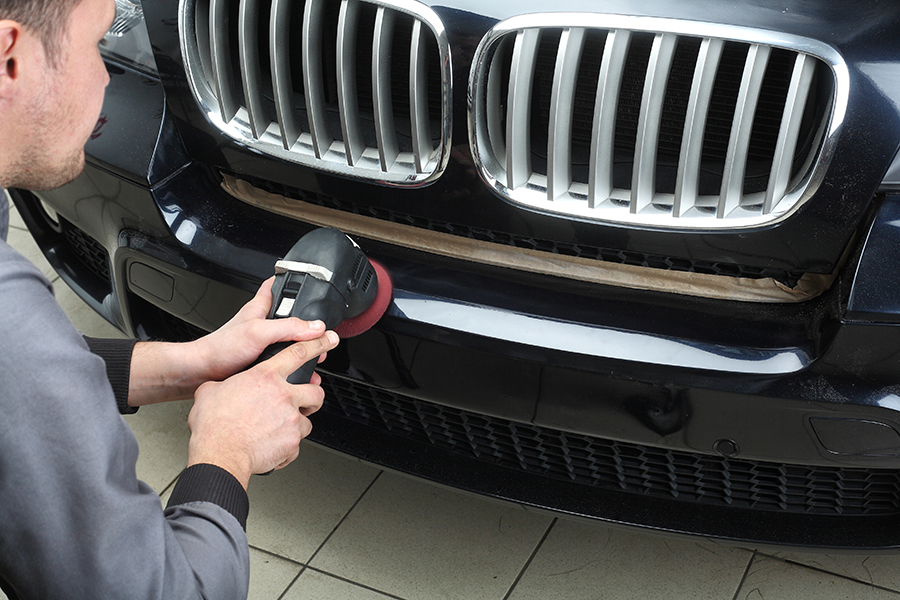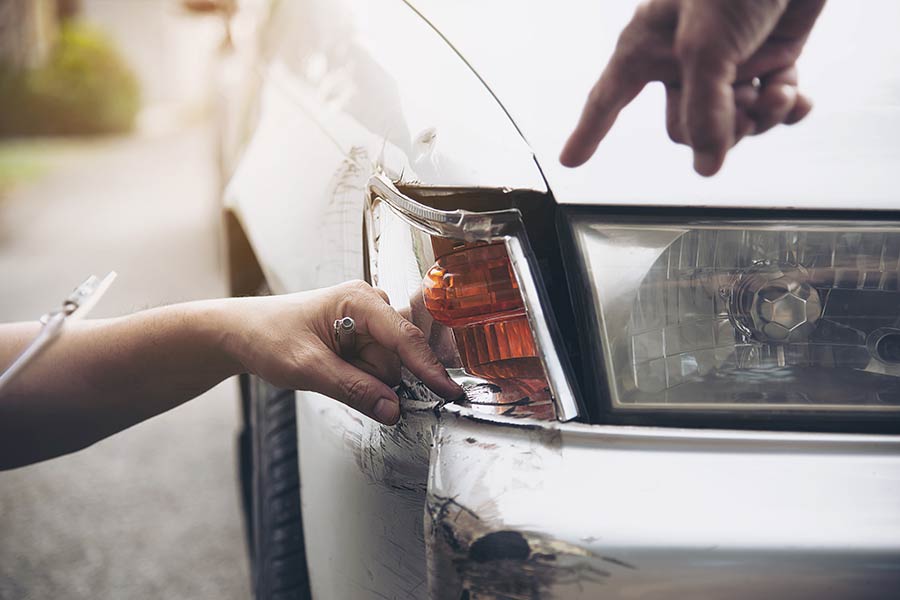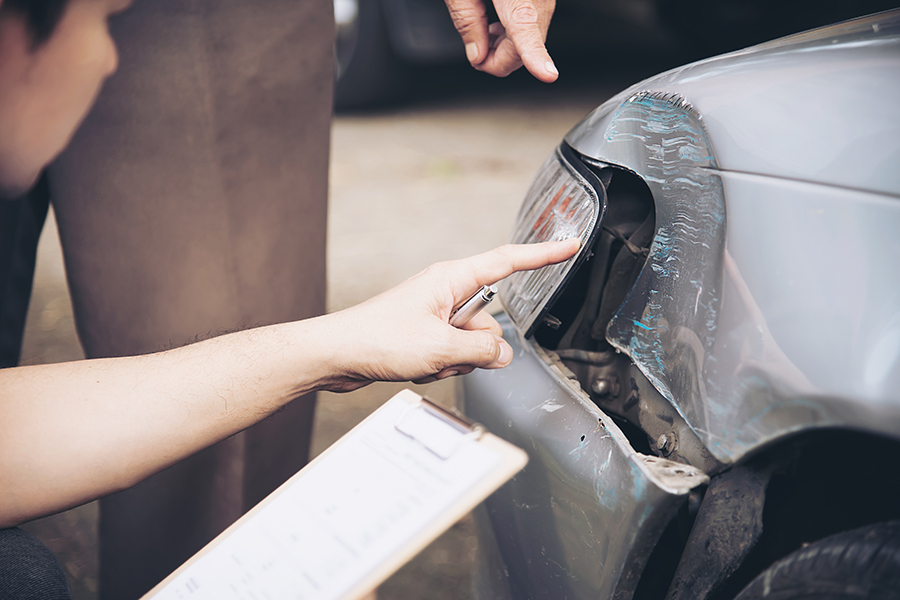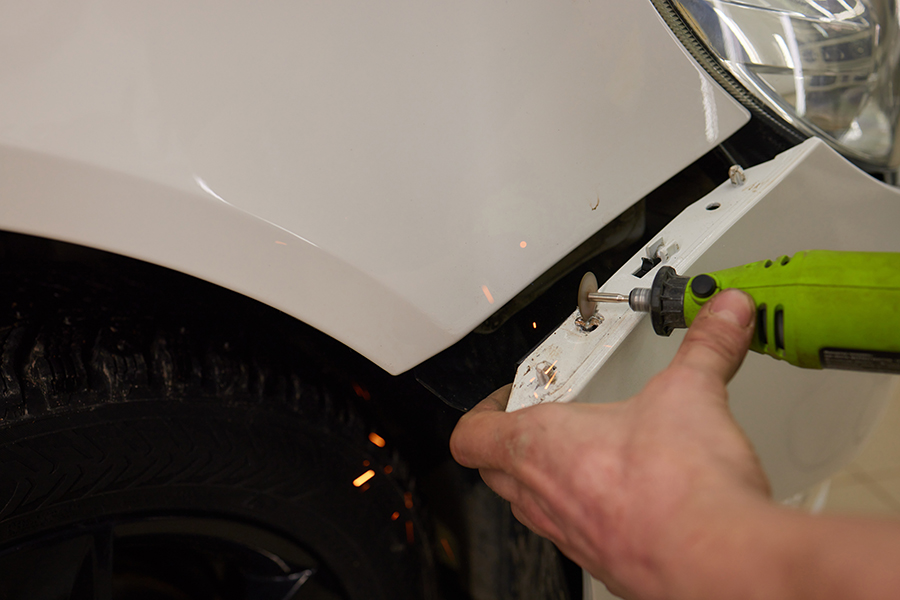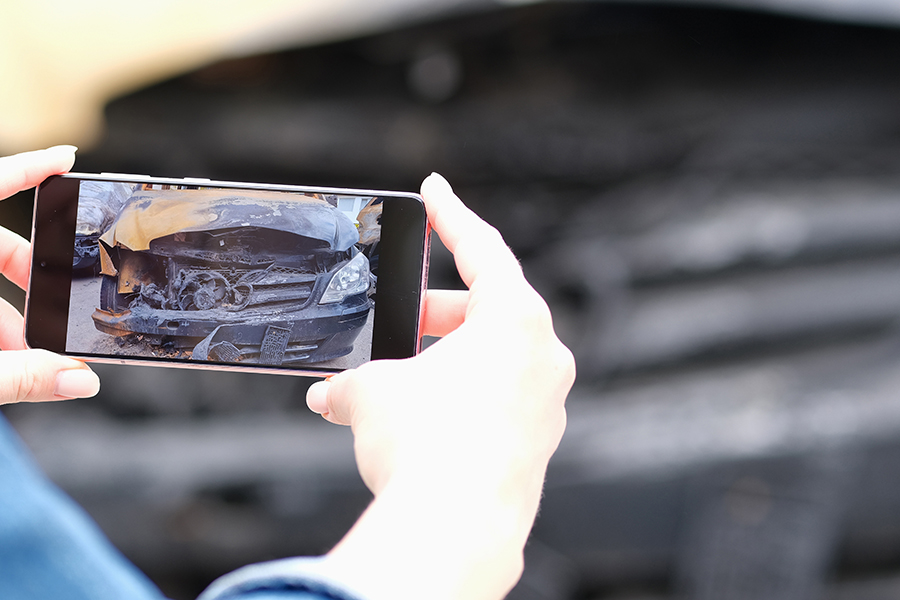Did you know that 30% of car owners will face a cracked bumper at some point? Fixing it can be a real pain in the wallet. But don't worry, we've got you covered with the lowdown on cracked bumper repair costs. Whether you're dealing with a small ding or a major smash-up, understanding the price tag is key. We'll dive into what affects the cost and how to keep your ride looking sharp without breaking the bank. So, let's roll up our sleeves and get into it!
Key Takeaways
- Know the Cost: Repairing a cracked bumper can vary in price. It often depends on the damage and your car model.
- Check All Factors: Prices change based on materials, labor, and location. Always compare estimates.
- Use Insurance: See if your insurance covers repairs. This can help lower out-of-pocket costs.
- Understand the Process: Learn each step in the repair process. This helps you know what to expect and ask questions.
- Save Money: Try DIY fixes for small cracks or shop around for quotes. These can cut costs.
- Stay Informed: Always ask for a breakdown of costs. This ensures transparency and helps you make smart choices.
Understanding Repair Costs
Cost Overview
Bumper repair costs can vary. On average, minor repairs cost between $100 to $500. Major repairs might reach up to $1,500. Many factors influence these costs. The type of damage and the car model matter. Labor rates in different areas also affect prices.
Minor repairs are cheaper. They usually involve small dents or scratches. Major repairs cost more due to severe damage or complex work needed.
Repair vs Replace
Repairing a bumper is often more cost-effective for small damages. It saves money and time. For example, fixing a tiny crack or scratch is cheaper than replacing the whole bumper.
Replacement is necessary when the bumper is severely damaged. Cracks that compromise safety need attention. In such cases, replacement ensures better protection.
Long-term benefits vary. Repairs keep costs low initially. Replacements offer lasting safety and reliability.
Common Repair Methods
Several methods exist for bumper repair. Patching and welding are popular for fixing cracks and holes. These techniques restore strength to the bumper.
Fillers are used for minor cracks. They smooth out surfaces before painting. This makes the bumper look new again.
Repainting is often the final step in repairs. It covers any visible signs of damage and matches the car’s color.
Factors Affecting Price
Severity of Damage
Damage severity can vary. Minor scratches or dents are less costly to fix. Major cracks or breaks need more work. The more severe the damage, the higher the repair cost. Severe damage also takes longer to repair. This means waiting for your car to be ready.
Material Type
Bumpers are made from different materials. Common ones include plastic and fiberglass. Plastic bumpers are easier to repair. Fiberglass needs special tools and skills. Repair costs change with material type. Plastic repairs usually cost less than fiberglass.
Labor Fees
Labor fees are a big part of repair costs. Mechanics charge for their time and skill. These fees differ by region. Cities often have higher labor costs than rural areas. Complex repairs need more time, so they cost more in labor.
Location Differences
Prices differ between urban and rural areas. City repairs usually cost more due to demand and higher living costs. Local market rates affect pricing too. In cities, there might be more repair shops available. Rural areas may have fewer options, affecting prices.
Insurance and Payment Options
Insurance Coverage
Insurance often covers accidental damage to bumpers. This includes collisions and sometimes vandalism. Claims might cause premiums to rise. It's important to weigh the cost of increased premiums against repair costs.
Filing a claim involves contacting your insurer. They will assess the damage. You may need photos or estimates from repair shops. Once approved, the insurer pays for repairs minus any deductible.
Out-of-Pocket Expenses
Without insurance, repair costs can vary. Expect to pay between $300 and $700 for minor bumper fixes. Major repairs could cost more.
If using insurance, you'll pay a deductible first. This is usually around $500. It's wise to budget for these expenses in advance. Setting aside money helps manage unexpected costs.
Choosing Payment Method
Paying with cash can sometimes lead to discounts. Repair shops might offer lower prices for immediate payments.
Credit cards provide flexibility but may incur interest if not paid off quickly. For larger repairs, financing options are available. Some shops offer payment plans over time.
There are also potential discounts for upfront payments. Ask about these when discussing payment options with your repair shop.
Steps in Repair Process
Initial Assessment
The first step is to assess the bumper damage. Professionals look for cracks, dents, and scratches. They check how deep the damage goes. A professional assessment is important because it tells you what repairs are needed. It helps decide if a repair or replacement is best.
This initial check guides the whole repair process. It helps in planning the steps and tools required. It also gives a cost estimate for fixing the bumper.
Repair Techniques
Once assessed, different techniques can fix the bumper. One common method is heat application. Heat softens the plastic, making it easier to mold back into shape. Adhesives play a big role too. They bond cracked parts together securely.
Sanding and smoothing follow these steps. Sanding removes rough edges and excess adhesive. This ensures the surface is even and ready for paint. These techniques restore the bumper's original look and strength.
Final Inspection
By completing repairs, a final inspection checks everything thoroughly. This step ensures all repairs meet quality standards. Technicians look for any missed spots or uneven surfaces.
They check if the bumper aligns well with the car body. Safety checks are crucial here, ensuring the bumper will protect in future impacts. The final inspection confirms that the repair was successful and safe.
Tips to Save Money
Get Multiple Quotes
Start by getting quotes from several repair shops. This helps you find the best price. Comparing quotes can show big differences in costs. Some shops might charge much more than others for the same work.
Make sure to understand what each quote includes. Some may cover only basic repairs, while others might include extra services. Knowing these details can help you make a smart choice.
Use Quality Materials
Always use durable materials for repairs. They last longer and protect your bumper better. Quality materials can prevent frequent fixes, saving money over time.
When you use good materials, your bumper will stay strong. This means fewer future repairs and less spending on fixes later.
Consider DIY Repairs
e simple repairs can be done at home. Small cracks or scratches are often fixable without a shop visit. You’ll need tools like sandpaper, glue, and paint.
But be careful with DIY repairs. Doing it wrong can cause more damage. If unsure, it might cost more to fix mistakes than hiring a professional.
Final Remarks
Repairing a cracked bumper doesn't have to break the bank. You’ve got the lowdown on what affects costs and how insurance can lend a hand. Knowing the steps in the repair process helps you avoid surprises, like finding a hidden fee in your pocket. Plus, those money-saving tips are your secret weapon.
Now, it’s time to put this knowledge to work. Keep these insights in your back pocket next time you're dealing with a bumper issue. Get estimates, talk to your insurer, and don't shy away from asking questions. Ready to save some cash and get that bumper looking brand new? Dive in and take control of your repair journey today!
Frequently Asked Questions
How much does it typically cost to repair a cracked bumper?
Repairing a cracked bumper can cost anywhere from $150 to $600. The price depends on the damage, type of vehicle, and repair method. Think of it like fixing a broken vase; the more pieces, the higher the cost.
What factors influence the cost of bumper repair?
Several factors affect costs: severity of the crack, material of the bumper, labor rates, and whether it's a DIY or professional job. It's like baking a cake; ingredients and effort change the price.
Can insurance cover my cracked bumper repair?
Yes, insurance might cover it if you have comprehensive or collision coverage. Check your policy details. It's like having an umbrella on a rainy day—sometimes it pays off.
What are the steps involved in repairing a cracked bumper?
The process includes assessing damage, cleaning, sanding, filling cracks, painting, and finishing. It's similar to giving your car a spa treatment—it needs some TLC to look good as new.
Are there ways to save money on bumper repairs?
Absolutely! Consider DIY kits for minor cracks or shop around for quotes. It's like hunting for bargains—patience and research can lead to savings.
Is it worth repairing a cracked bumper myself?
If you're handy with tools and it's a minor crack, go for it! Otherwise, leave it to the pros. Think of it like cooking; sometimes it's best to let a chef handle gourmet meals.
How long does it take to repair a cracked bumper?
A professional repair usually takes 2-3 days. DIY might take longer depending on your skills. It's like planting a garden; some things just need time to bloom.
